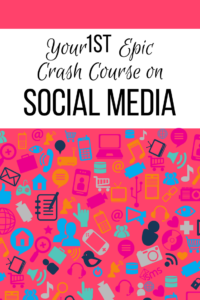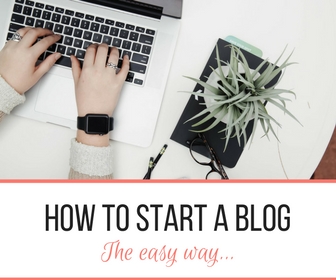Your First Epic Crash Course on Social Media
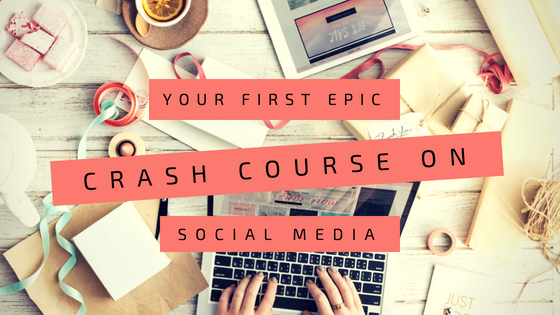
Meet Amanda and Nathan
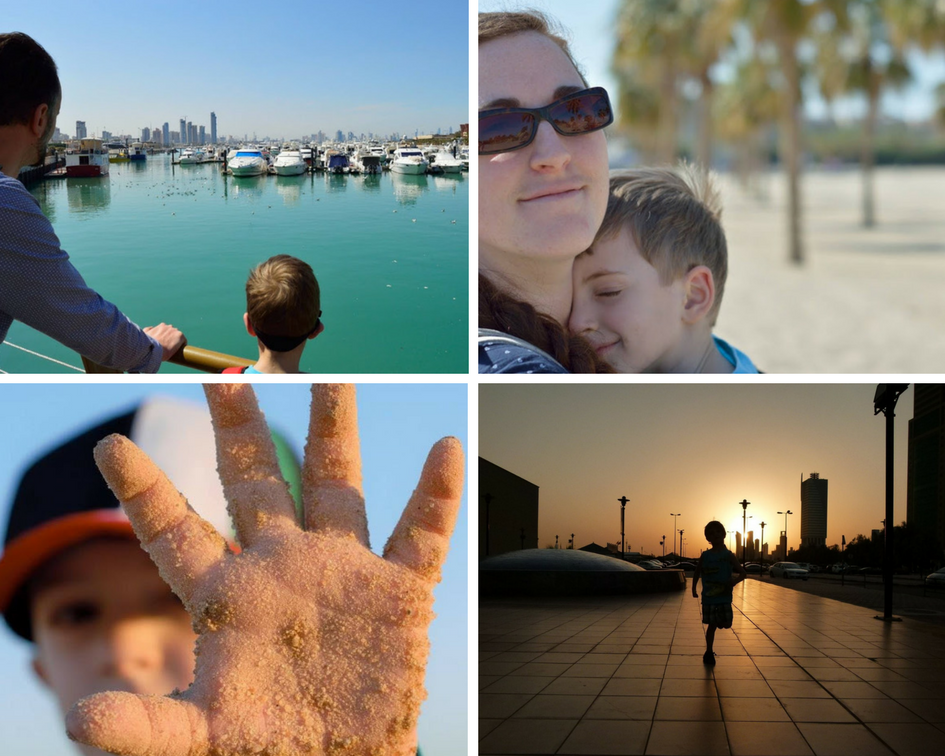
We're Every Further Mile!
We love to combine local and international travel to inspire families to do the same. We've spent too much time in front of the TV and decided to make changes that allowed us to instead make memories that will last a lifetime.
JOIN US ON OUR JOURNEY!
The best place to see what we're up to is on our Youtube channel.
Your First Epic Crash Course on Social Media
So you’re going to start a new business, congratulations! Whether it’s a brick and mortar, paid service or a monetized blog you need a great social presence. People, especially millennials, want products with a personality and will often be influenced to buy products on ‘feels’ rather then on price alone. Social media can be a great tool to gain free advertising if used correctly and can result in negative advertising if used poorly. This quick guide will help you learn the basics well enough to be on par with even some professional brands, but it won’t teach you about paid advertising which is something you should definitely research once you feel comfortable with everything we talk about here. So sit back and enjoy your first epic crash course on social media.
Every Brand needs a style
Your first epic crash course on social media lesson is that your style defines the character of your business and will need to be attractive to potential customers so that they will follow you and more importantly, they will buy your product. We’ve written a post that deals with this topic in greater detail HERE
- Customer Avatar: The first step is to determine your current or desired audience. What makes them tick? How are other successful companies marketing to that demographic. Is there a way to segment (niche down) that audience even further so that you can stand out? We’ve written a post that deals with this topic in greater detail HERE
- Brand Feel: The Feel could be Retro, Outdoorsy, Adventurous, Masculine, Feminine, Etc…This feeling should appeal to your customer avatar and it will act as your guide when you choose images, write posts and offer deals.
- Brand Voice: The voice you use in you posts and in your interactions helps determine your style. The voice could anything… business professional, flirty, joker, sweet, helpful, knowledgeable, etc… One exercise that helps is to try and imagine a television or book character that would get along well with your audience and ‘channel’ that character into your writing.
- Color Pallette: You need a colour palette that fits your brand feel so that you can generate images that contain objects and text that contain those colours. This consistency makes your page look incredibly well put together and appealing to the eye.
- Profile Images: Your Profile Avatar and cover photos should match your style and use your palette. Your Cover photo should have your business name and slogan so that people know exactly where they are.
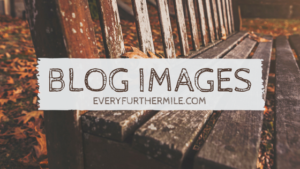
Example of Blog Image
Post Images
Your second epic crash course on social media lesson is that post images are the face of your company and the quality of those images will be an indicator to the quality your customers can expect from your products.
- Canva: A great program for image editing is Canva which has an amazing free option and a great paid option as well. Canva is not an affiliate by the way, we just love them. They also have pre-set image sizes that include all the major social media platforms. The paid option also has a color palette catalogue for inspiration.
- Image Style: Images should always match your brand style and use your color palette.
- Image Size: Images should also be set to the optimal size of the Social Media platform you are using. Instagram post images are 1080 x 1080 pixels, Facebook is 1200 x 630 pixels, Twitter is 440 x 220 Pixels, Pinterest (Even though it’s more search engine than social media) is 497 x 373 pixels. Image sizes are different for profile and cover photos so remember to research them before creating them.
- Copyright Free Images: They should be interesting and free of copyright. Unsplash, Pixabay and other sites offer free and great quality pictures for commercial use. If you are selling a product you need to get a whole catalogue of product shots (Horizontal and vertical) that fit your feel and are useful for your design needs. Remember to take some shots that will work as boarders, banners, and even some shots that will fade nicely into the background for text heavy images.
Posts
Your third epic crash course on social media lesson is the importance of post quality. Images may attract people to your posts but the text in your posts need to be interesting enough to convert their interest into action. This action should be clear and easy to do.
- Post Length: Your posts should be tailored for the specific social media platform you are using. Facebook posts should be 80 characters long or less. The ideal Twitter length is 70-100 characters long. The ideal Instagram post is 138-150 characters long.
- Post Content: The post should attract the reader and encourage them to take action. The first line should explain how your product will allow them to live the dream or how it will solve a problem they may have. The second line should encourage the reader to take action. The action might be to visit your store, call your number or visit your website.
- Hashtags: Hashtags are bad for some platforms and great for others. Facebook posts actually fare worse with hashtags (#) so don’t use them. Feel free to tag (@) brands and influencers to encourage them to interact with your post on Facebook. Twitter and Instagram can definately benefit from hashtags and should be used. Stick to no more than two hashtags per tweet. On Instagram hashtags are very important and 15 is probably safe but you should check out the your most successful competitors follow their lead.
- Post Frequency: Facebook should have two original posts, once in the morning and the other in the late afternoon. Instagram could have up to six posts a day, unlike Facebook you can repeated posts up to three times a day… just remember to keep them spread out. Twitter should have 1-5 original tweets per day. Pinterest can have up to 30 pins a day. You should pin 3 of your own pins to up on five different boards. You should share six pins from other users on your boards as well. You can repin old pins so don’t worry about having to create too much original content. You can learn more about Pinterest HERE.
- Gaining Followers: A quick and easy way to gain more followers is to put on contests. It’s pretty simple, ask people to like your page, share your post and comment when they’ve finished in the comment box below. If they do this they will either get a free item or have their name put into a draw to win the item. You will need to find something that you can offer to potential followers. Free products, product discounts, free service, online course or even an e-book are all great giveaways to encourage them to take the action. Depending on the value of the giveaway you should see good results. Do not offer too little of a reward that people don’t care and not so big that you won’t get a decent value from it.
- Sharing Posts: Do it. You should find other pages that fit your style and target your customer avatar.
- Live Video: Go Live at least once a week, but once a day is better if you can do it. All the major social media platforms are offering a live option and it gets great reach on all the platforms. Just jot down an important announcement and use that to get started. Remember to speak to your customer avatar and use your brand voice.
- Replies: Always reply as quickly as possible. Interact with every comment as best as you can (remember your brand voice). If the comment is just tagging a friend you can just use an emoticon, gif or reaction to validate the comment.

Dealing with Haters
The last epic crash course lesson on social media is that haters gonna hate, hate, hate. Sometimes people have a bad experience with you or your product and they want to express themselves. Sometimes they’ve had a bad day and they decide that you’ll be their new whipping post for the moment. If you want an amazing book on this topic check out Hug Your Haters by Jay Baer
- Don’t: Sometimes people will come on to your social media page or on to your posts to speak negatively about you and/or your product. Two perfectly normal, but very ineffective, reactions is to argue back or erase the comment. Don’t do either of these things.
- Apologize: Experts agree that the best way to respond is professionally and apologetically. You should apologize sincerely, not sarcastically, or using passive aggressive language. Your apology should take ownership of everything that you have done wrong, or would change if you could go back. If you can’t think of anyway you could improve just apologize for their experience and state what you had hoped their experience would be.
- Never Argue: Respond ONLY TWICE. The second time should attempt to win them over and also encourage them to discuss the matter further via telephone or email if they are still dissatisfied. After the third comment ignore them, a response at this point will be perceived negatively even by your supporters.
- Control Content: Preemptively deal with haters by forcing posts with certain keywords to be require approval before publishing on your wall. Words could include: unsatisfied, sucked, rip-off, cheat, garbage, etc… and you should definitely turn the profanity filter on to reduce complaints.
This is only a very brief and broad lesson in Social Media and we haven’t really discussed any platform in depth, discussed paid advertising or even the use of influencers to promote products. If you want to know more you can check out everyfurthermile.com for related posts or check out what one of our favourite experts, Warren Weeks, has to say on his podcasts.
Popular Posts
One of best ways to make money online is through affiliate marketing, which is simply the art of advertising for others throughout your blog (we teach about this on our website). We use affiliate links on this website directing you to products and deals that we believe are great. They may not be perfect for you and there may be outdated information, so keep an eye on what you click on! Let us know if you have any questions.

